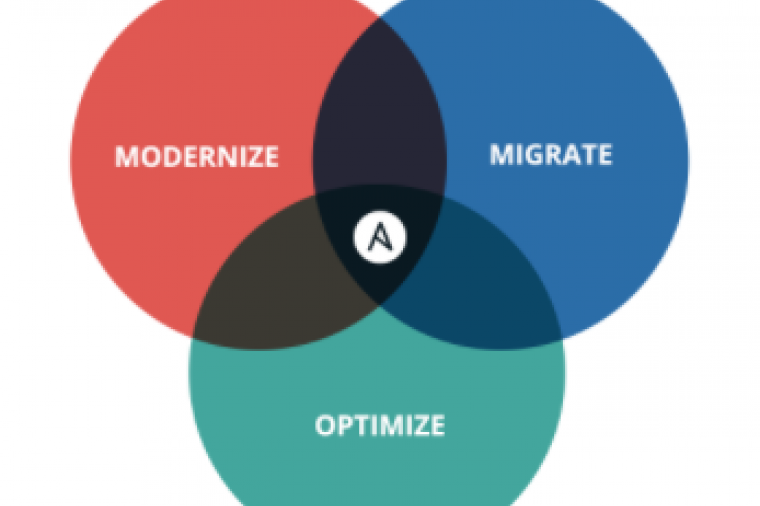Network Capacity Planning in an era of Hybrid IT and IOT

Enterprise architectures have certainly evolved from flat file networks to today’s highly complex network, filled with billions of connect devices and applications—a phenomena we know as the Internet of Things (IOT). What hasn’t changed, however, is the ever-increasing need for bandwidth. In fact, as complexity increases so does the demand for more bandwidth, making this a core priority for most federal IT pros.
That equation presents a unique challenge: How do you maximize bandwidth within an environment that experiences near constant change? The answer is planning—using the information you have to implement network capacity planning and maximize the efficiency of your network infrastructure.
Increasing complexity, increasing demand
It’s no secret that bring-your-own-device (BYOD) and cloud computing have added extra layers of complexity to managing agency networks. The number of extra devices has caused an exponential increase in the consumption of bandwidth. Adding to the complexity, as more infrastructure is moved to the cloud, the necessary network connections for this off-site connectivity also increase, both in number and in importance.
Now add in the challenge of the IOT. Things you wouldn’t expect—from lighting fixtures to security scanners and sensors—are quickly becoming part of the IT infrastructure that use network protocols and must, therefore, be managed. These IOT “devices” will cause an explosion of network traffic—to accommodate the new volume of data. This will even further emphasize the need for managing bandwidth, and is why it will continue to be a core priority for federal IT pros.
The good news? There is a solution, and it starts with capacity planning.
Capacity planning: Taking the first steps
The first step toward effective capacity planning is traffic monitoring—not just the gross volume of network traffic, but application traffic as well. Because IOT traffic will come from such a wide variety of sources, monitoring IOT traffic will be tied more to awareness of the applications than simple monitoring and traffic management.
Quality-of-Service (QoS) monitoring is the next step, as IOT may introduce devices to your network that have a higher priority than others. Latency and accessibility become higher-level priorities within this new scenario. And, needless to say, analysis will become a much higher priority as well. You’ll no longer simply be able to collect and measure traffic information; more than ever you’ll need far more precise information to help troubleshoot performance issues related to bandwidth.
Keep in mind that while you may have tools in place for network, application, and QoS monitoring, and end-to-end solution is critical. You can only collect and analyze the depth and breadth of information required for effective capacity planning—and, in turn, efficient bandwidth maximization—with an integrated solution through which you can monitor your entire infrastructure.
Visibility and Automation
Going hand-in-hand with the need to see across the entire enterprise is the need to see back in time—to historic information—to get a comprehensive understanding of your network needs past, present, and future. Effective capacity planning is based on history. As such, the federal IT pro must be able to correlate past performance with future trends.
Another reason visibility into your network history is important? Historic information is the cornerstone of effective automation. In the era of IOT, at a time when there will be more devices than ever before accessing the network, automation will help fix problems quickly as they arise. Quick fixes through automation will, in turn, reduce latencies or downtime—particularly as they relate to capacity and bandwidth issues.
While it may be hard to believe, network capacity planning and bandwidth management in the era of hybrid IT and IOT don’t need to be a daunting task. We’ve been getting a taste of IOT through the BYOD concept; the concept of IOT simply takes this to the next level. Be aware of what’s working now, be aware of the differences hybrid IT and IOT will bring, and plan accordingly.
By Joe Kim, Senior Vice President and Global Chief Technology Officer, SolarWinds

















































